Luftwaffe Gravity Knife
SKU: 22.GOR.04.03.003
Estimated market value:
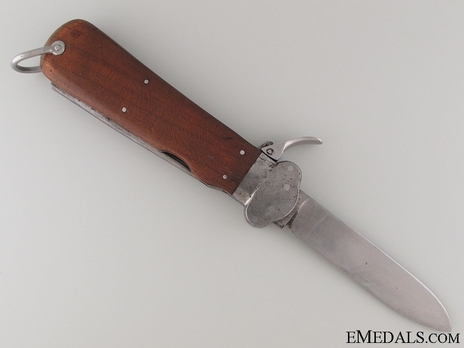
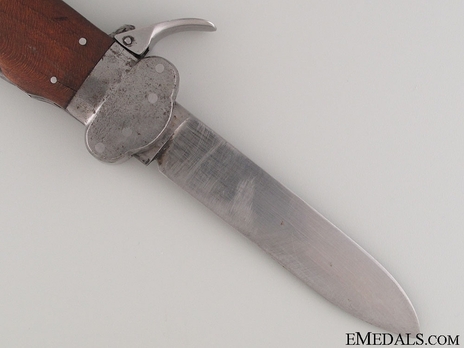
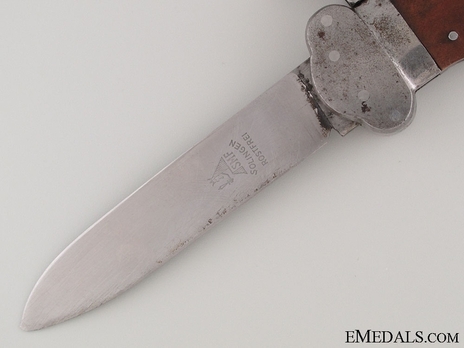
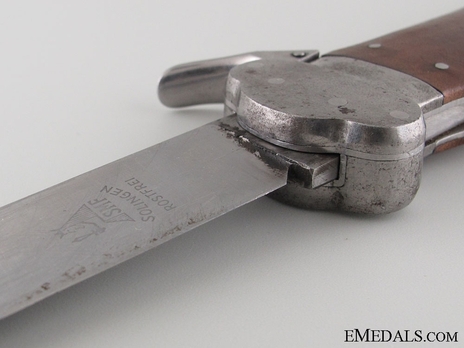
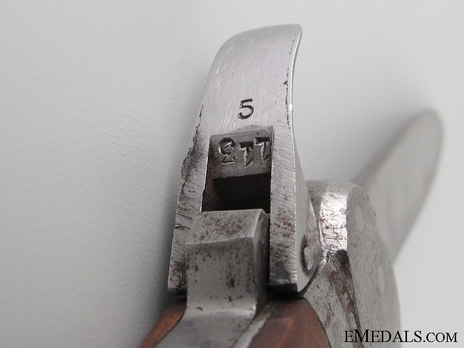
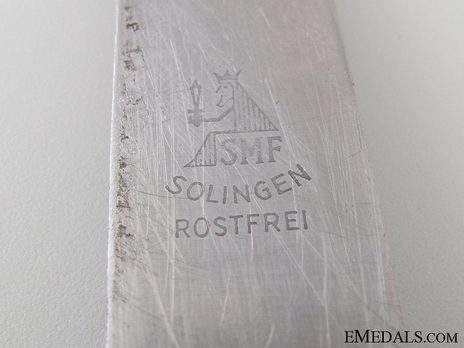
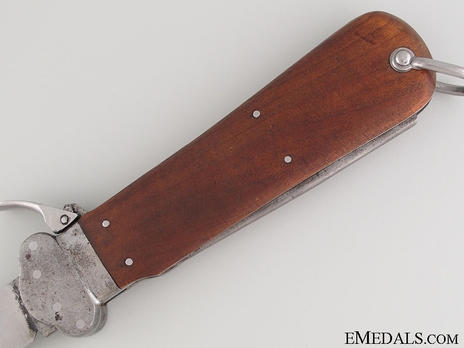
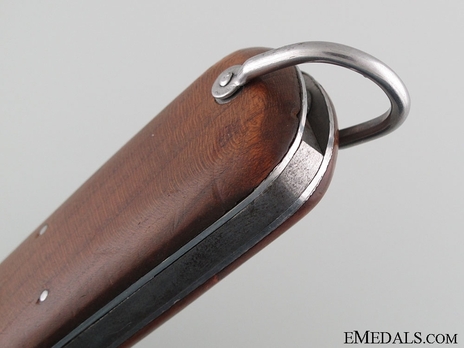
Estimated market value:
Attributes
History
The German Wehrmacht was composed of three main branches, the Heer (Army), the Kriegsmarine (Navy), and the Luftwaffe (Air Force). The Heer and the Kriegsmarine had a long history of edged weapons dating back to the late 19th century. Conversely, there were no edged weapons used by the Deutsche Luftstreitkräfte, the First World War German Air Force. The daggers worn by Luftwaffe personnel were based upon the designs pioneered by the German Air Sports Association (DLV or Deutscher Luftsportverband) and the National Socialist Flyers Corps (NSFK or Nationalsozialistisches Fliegerkorps).
The gravity knife (Fallschirmjäger-Messer) was introduced in 1937, and it was permitted for use by paratroopers and Luftwaffe flight crews. The knife was meant to be used to cut a paratrooper free from their parachute lines when they became tangled in a difficult landing.
The knife design utilized a spring-loaded mechanism and gravity to allow for it to be opened with one hand.
There are two main versions of this knife, the prewar version and the wartime “take-down” version. The “take-down” knives have an additional button above the throat, and internal mechanisms, that allow for them to be disassembled for cleaning. These two versions are almost identical, except for the composition of the blade and metal fittings, and the addition a button and directional arrows to the throat and the interior fitting of the throat of the wartime knife versions.
The metal fittings on the prewar knives are generally composed of nickel-plated metal or stainless steel, while the fittings on the wartime knives are made of blued steel. The metal fittings on the prewar knives also tend to be numbered, but the numbers do not match.
The blade is composed of steel, stainless steel on the prewar knives and blued steel on the wartime knives. The prewar knives are marked “ROSTFREI” below the manufacturers mark on the top reverse of the blade. The mark “ROSTREI” indicates what the blade is made of stainless steel and that it is rust free.
The grip/handle is composed of two smoothed wooden plates. The wooden plates are secured closed by four rivets that are flush with the surface of the wood, and a “U” shaped ring at the butt of the plates.
The reverse of the throat on wartime knives feature an arrow pointing up, while the interior throat plate has a downward pointing arrow.
The activator lever is attached to the throat of the knife. When the lever is flipped open, it releases the internal spring which allows the blade to descend from the handle through the use of gravity. This lever also keeps the blade secure while open.
The marlin spike is located in a depressed passage in the side of the handle. This spike also utilizes spring tension, and has a length of 95mm when fully extended.
The lanyard is attached to the “U” ring fitting located on the butt of the handle. The lanyard may be composed of braided rope or, rarely, of leather.
The manufacturer mark is etched onto the reverse ricasso. The primary manufacturers of these knives include SMF and Paul Weyersberg, but there are also examples known to have been produced by F. & A. Helbig.
Additional Luftwaffe inspector and identification marks are found on the knives as well. The inspector mark features a stick-figure eagle with the number “5” as part of its torso, while the identification numerals read “RB Nr. 0/0561/0019.” On prewar knives, the bottom corner of the spike is marked with the Luftwaffe inspector mark “Waffen-Amt”. Wartime knives have the Luftwaffe identifying numerals on the bottom corner of the spike or the on the reverse ricasso. There are also some rare examples of the wartime knives that feature both the inspector mark and the identifying numeral on the marlin spike.


Comments
Sign in to comment and reply.


Scroll Top